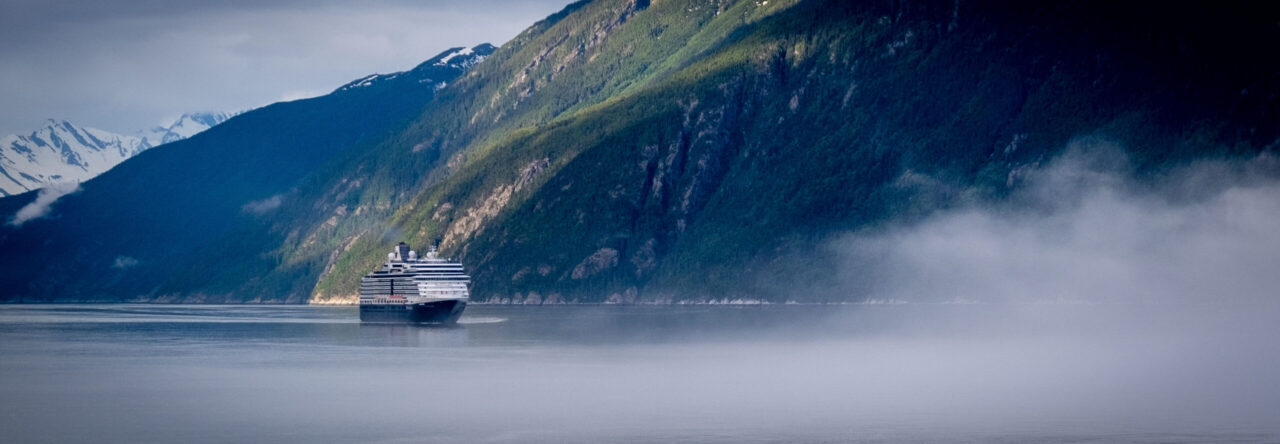
Detroit has risen from its gritty past to become a thriving hub of culture, history, and adventure. From world-class museums to revitalized neighborhoods, this resilient city offers a kaleidoscope of unforgettable experiences. Join us as we uncover the top 10 unmissable things to do in Detroit – a city that will leave you inspired and craving more.

Kick off your Detroit adventure at the Motown Museum, a sacred ground for music lovers. Step into the hallowed halls of Hitsville U.S.A., where legends like The Temptations, The Supremes, and Marvin Gaye recorded their timeless hits. Sing your heart out in the famous Studio A, and let the soul-stirring melodies transport you back in time.

Escape the city’s hustle and bustle at Belle Isle Park, a 982-acre island jewel designed by the renowned Frederick Law Olmsted. Explore the park’s diverse landscapes, from manicured gardens to rugged nature trails. Don’t miss the marble lighthouse, the oldest on the Detroit River, or the chance to kayak along the tranquil waterways.

Immerse yourself in a world of artistic brilliance at the Detroit Institute of Arts (DIA). Marvel at the awe-inspiring Detroit Industry Murals by Diego Rivera, a powerful depiction of the city’s industrial might. From ancient artifacts to contemporary installations, the DIA’s vast collection will leave you spellbound.

Detroit’s skyline is a testament to its rich architectural heritage. Embark on a historic building tour to uncover gems like the Guardian Building, a striking example of Aztec Art Deco, and the ornate Fisher Building, adorned with golden details. Don’t miss the opportunity to explore the recently reopened Michigan Central Station, a symbol of Detroit’s renaissance.

For a unique perspective on the city, hop aboard the Detroit People Mover, an elevated rail system that offers a quirky and convenient way to explore downtown. This 20th-century urban transit oddity will delight you with its quirky charm and provide a bird’s-eye view of the city’s vibrant streetscape.

Detroit’s theater scene is a true showstopper. From the opulent Fox Theatre (above) to the elegant Masonic Temple, these historic venues offer a feast for the senses. Whether you’re catching a Broadway show, a symphony performance, or a comedy act, the ornate interiors will transport you to a bygone era of glamour.

Immerse yourself in the electric atmosphere of Detroit’s sports scene by catching a game at one of the city’s iconic venues. Cheer on the Red Wings at Little Caesars Arena, a modern marvel inspired by the designs of Albert Kahn, or join the roaring crowds at Comerica Park to root for the Tigers.

Delve into the rich tapestry of African American history at the Charles H. Wright Museum of African American History. This powerful museum takes you on a journey through centuries of struggle, triumph, and cultural influence, leaving you with a deeper appreciation for the resilience and contributions of the African American community.

Satisfy your cravings for authentic Mexican cuisine in the vibrant neighborhood of Mexican Town. Explore colorful markets, indulge in mouthwatering tacos and enchiladas, and soak in the lively atmosphere that makes this area a true gem in Detroit’s culinary landscape.

Conclude your Detroit adventure by strolling along the revitalized riverfront, a scenic stretch that offers stunning views of the Detroit River and the Ambassador Bridge. Take a leisurely stroll, rent a bike, or simply find a cozy spot to watch the sunset, reflecting on the city’s rich tapestry of experiences.
Detroit is a city that defies expectations, offering a captivating blend of history, culture, and urban adventure. From the soulful beats of Motown to the awe-inspiring architectural wonders, this resilient metropolis will leave an indelible mark on your heart and soul. So, pack your sense of adventure and get ready to experience the best of Detroit – a city that never fails to surprise and inspire.
Thanks for stopping by! Check out our Go See Do Explore Podcast, available wherever you listen to podcasts. To read about some of our previous trips, visit my Trips Page. If you like my photos be sure to “like” my Facebook Page and follow me on Instagram! For my list of gadgets to make your travels easier, click here. To see inside my camera bag, check out my Gear Page.
Pin This:

















 Next, we experienced the awe-inspiring presence of Michelangelo’s David at the compact Accademia Gallery. Though photos cannot prepare you for the sculpture’s sheer monumentality, a guided tour provides invaluable context, enriching your appreciation for this Renaissance icon. Book your
Next, we experienced the awe-inspiring presence of Michelangelo’s David at the compact Accademia Gallery. Though photos cannot prepare you for the sculpture’s sheer monumentality, a guided tour provides invaluable context, enriching your appreciation for this Renaissance icon. Book your 


















 The night before we left
The night before we left  One place we got to explore on the tour was the Cathedral of Old San Juan, the oldest cathedral in the United States. The original cathedral was built in 1521. That building was destroyed by a hurricane and was rebuilt beginning in 1535 but was not completed until 1802. The beautiful cathedral contains the tomb of the explorer and founder of San Juan, Juan Ponce de León.
One place we got to explore on the tour was the Cathedral of Old San Juan, the oldest cathedral in the United States. The original cathedral was built in 1521. That building was destroyed by a hurricane and was rebuilt beginning in 1535 but was not completed until 1802. The beautiful cathedral contains the tomb of the explorer and founder of San Juan, Juan Ponce de León.